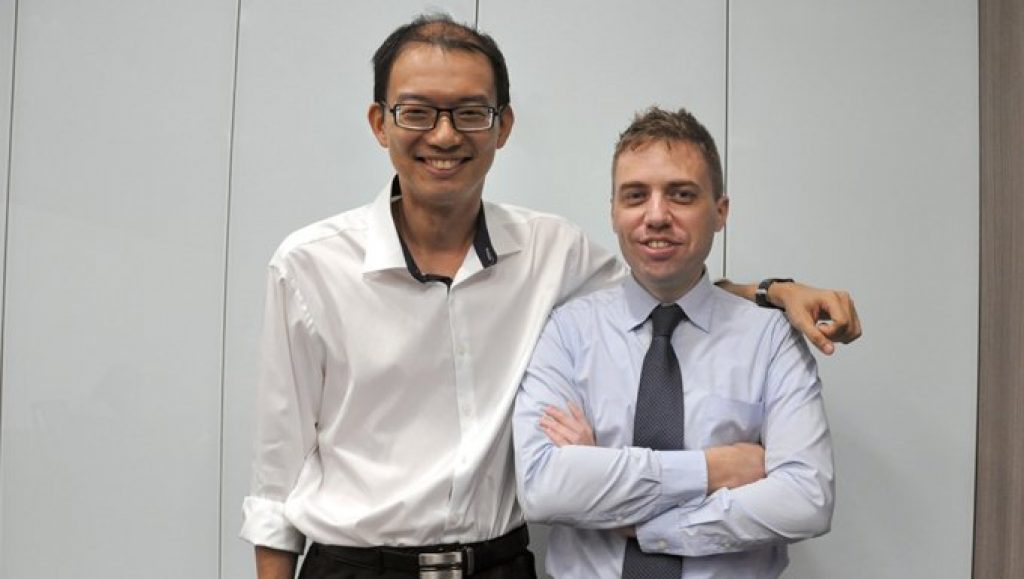
AsianScientist (Jan. 14, 2015) – After a generally downward trend from 2000, the number of tuberculosis (TB) incidences in Singapore has been increasing since 2008, with incidence rates higher among the elderly and Malay residents. The study documenting these findings has been published in BMC Pubic Health.
Initiated by National University of Singapore (NUS) researchers and conducted together with researchers from the Singapore Tuberculosis Elimination Programme and the Singapore General Hospital, the study contained a time series analysis of demographic and temporal trends of tuberculosis in Singapore.
By virtue of its location, Singapore lies on a key maritime route and serves as a major transit hub for travel in Asia. It is also a part of a region which accounts for 29 percent of global TB incidence. Finally, although most developed countries are classified as low-risk TB incidence countries, Singapore is classified as an intermediate TB incidence country.
The research team examined four hypotheses for the recent surge of TB cases, with the first relating to TB transmission from foreigners to locals, and the second and third hypotheses involving the country’s gross domestic product (GDP) and HIV notification rates.
Their statistical analyses showed that transmissions from foreigners to locals, GDP and HIV incidence rates could not be attributed to the mounting number of TB cases among Singaporean residents. Instead, the fourth hypothesis—Singapore’s ageing population—appeared to have contributed to the recent rise of TB cases.
As a disease, TB is more prevalent among the elderly, and despite declining incidence among seniors, the growth in the number of elderly has resulted in a higher overall incidence rate among the population as a whole.
“As you grow older, you have conditions that weaken the immune system, and it’s the immune system that controls the TB bacteria,” added Hsu Li Yang, an associate professor at the NUS Saw Swee Hock School of Public Health
Fortunately, although the TB incidence rate at the population level has been increasing, when broken down by age groups, incidence rates showed a consistently downward trend.
Dr. Alex Cook, also from the NUS Saw Swee Hock School of Public Health, shared that the research team had progressed to developing TB risk maps.
“This allows us to examine spatial-temporal trends, beyond the temporal trends of the current study,” he said.
The project would alert the authorities to possible TB hotspots, enabling them to investigate the reason for the rise in cases, as well as distributing medical services more efficiently.
The article can be found at: Wah et al. (2015) Time Series Analysis of Demographic and Temporal Trends of Tuberculosis in Singapore.
———-
Source: National University of Singapore.
Disclaimer: This article does not necessarily reflect the views of AsianScientist or its staff.












